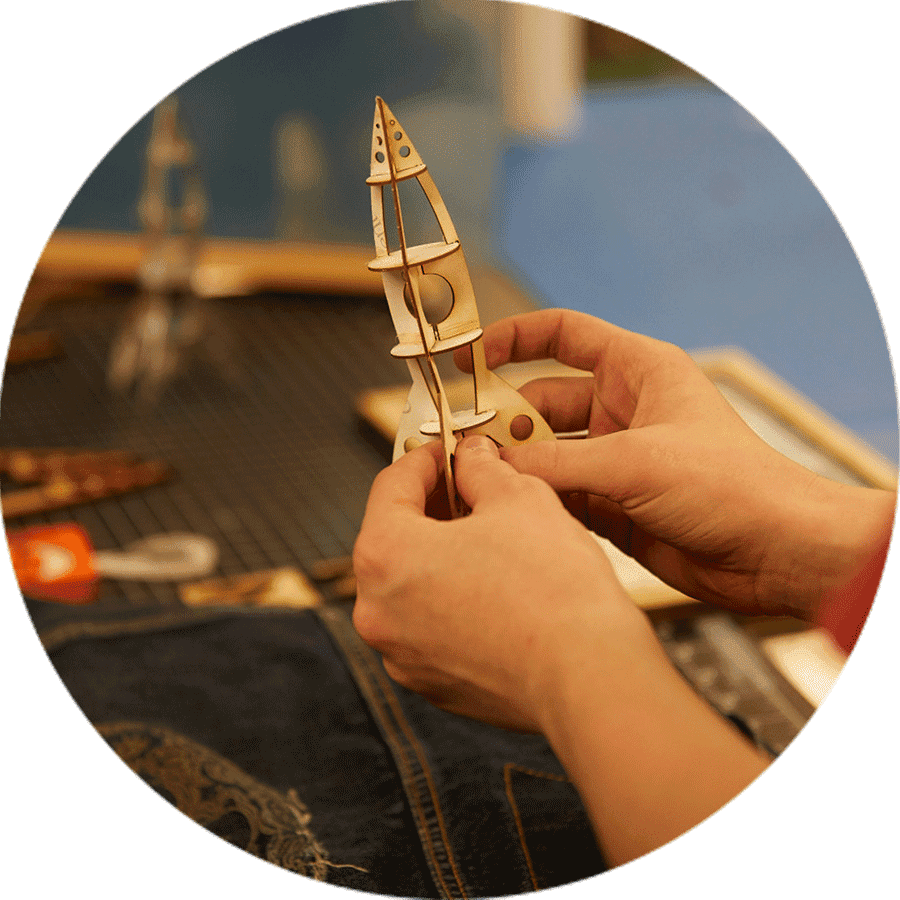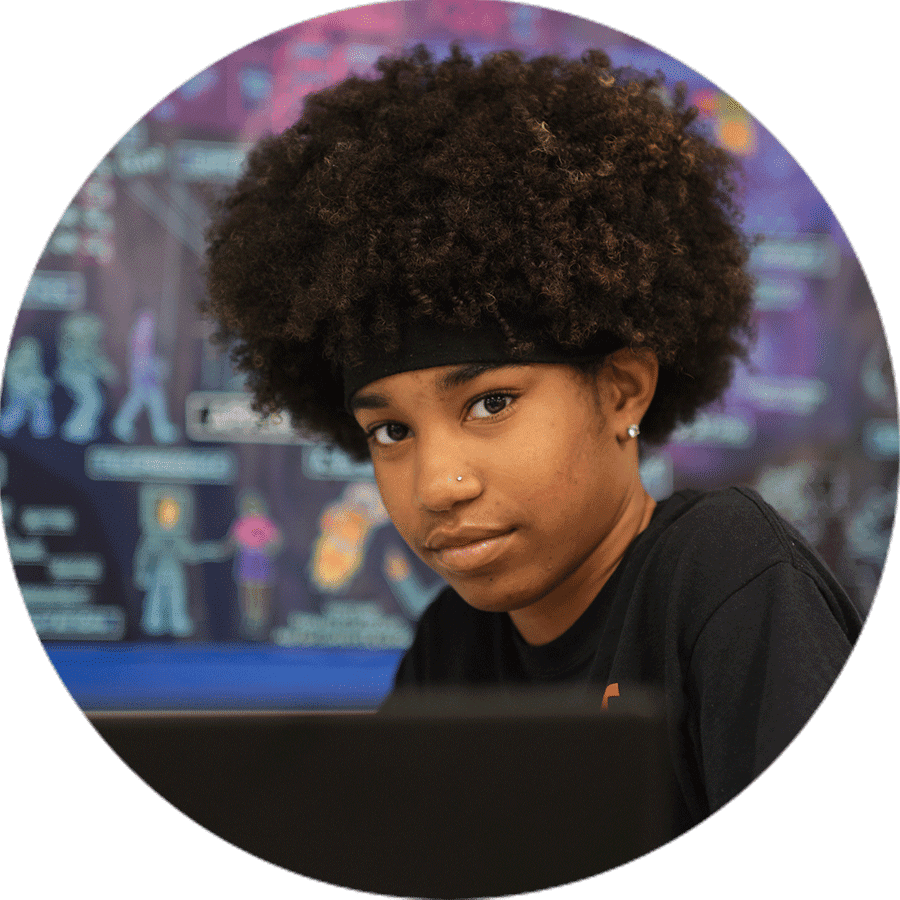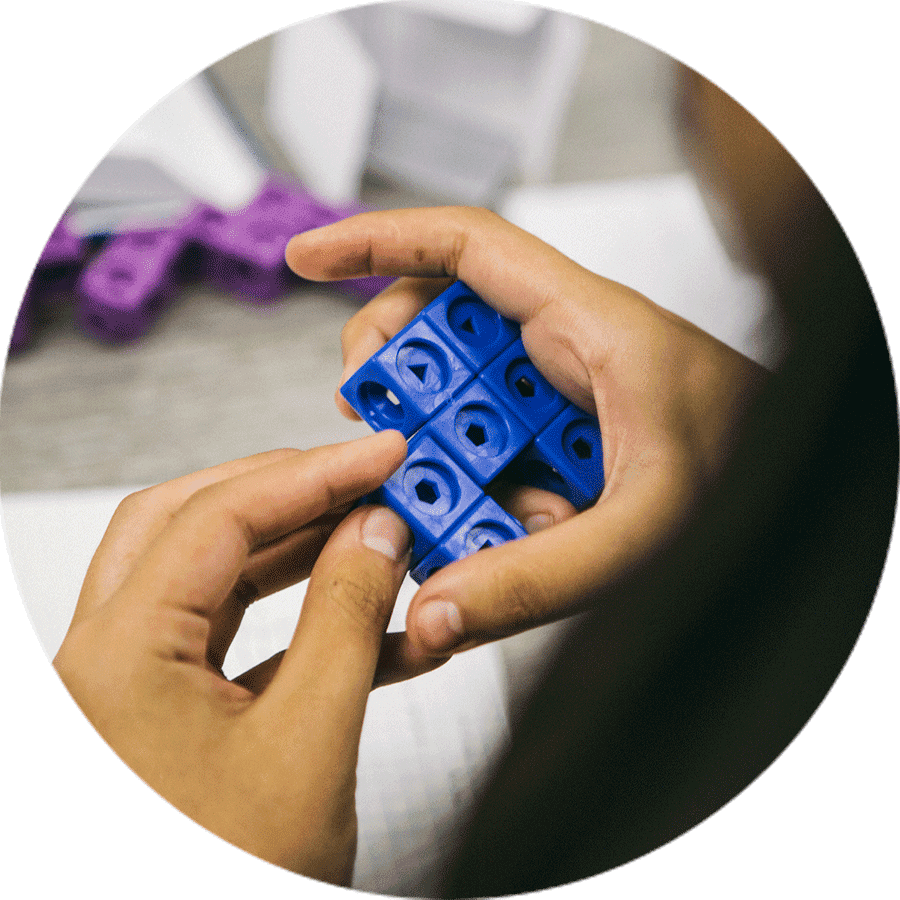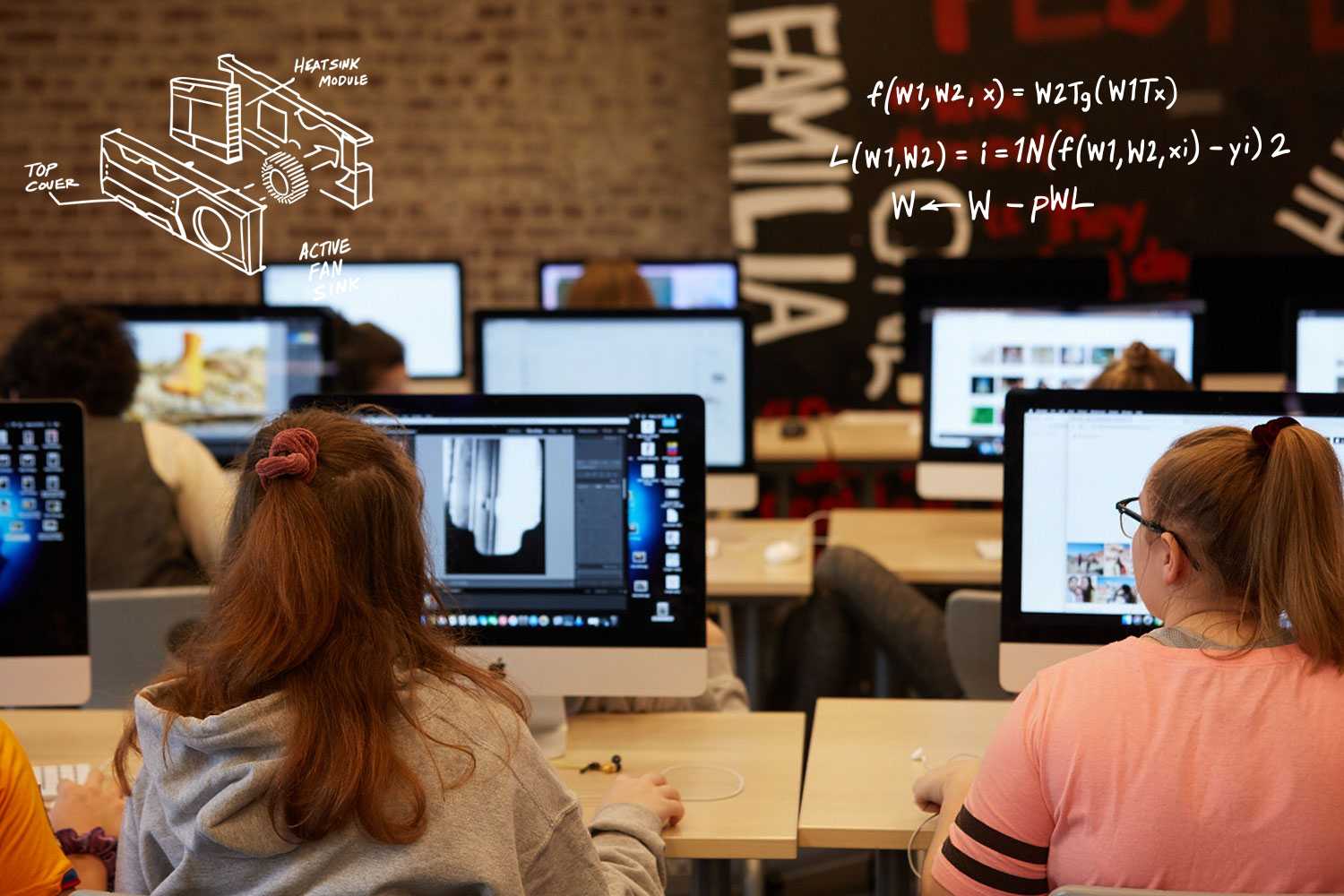3. Partnerships strengthen connections with community and give students authentic opportunities to contribute.
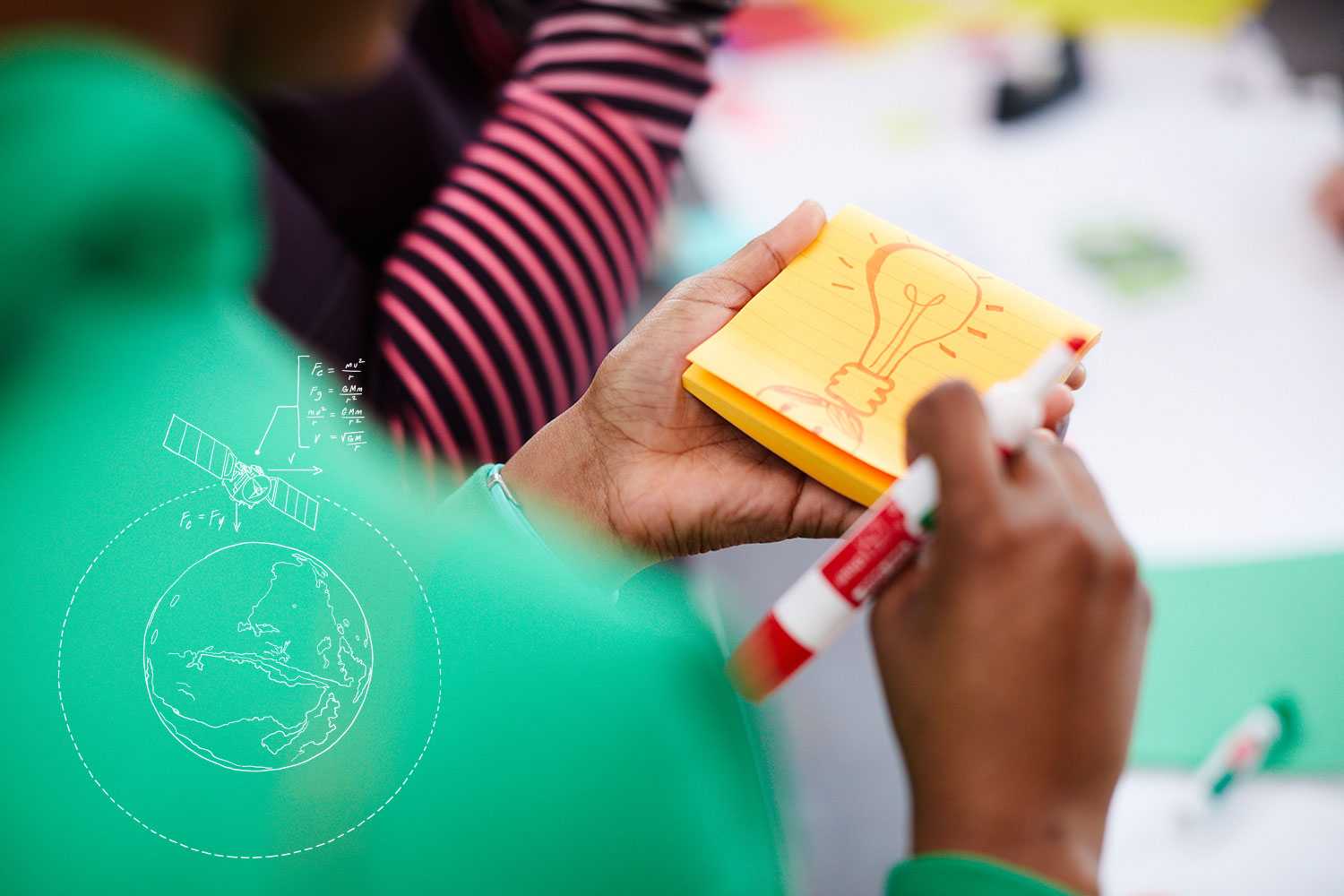
When students work on projects they care about, they learn much more.
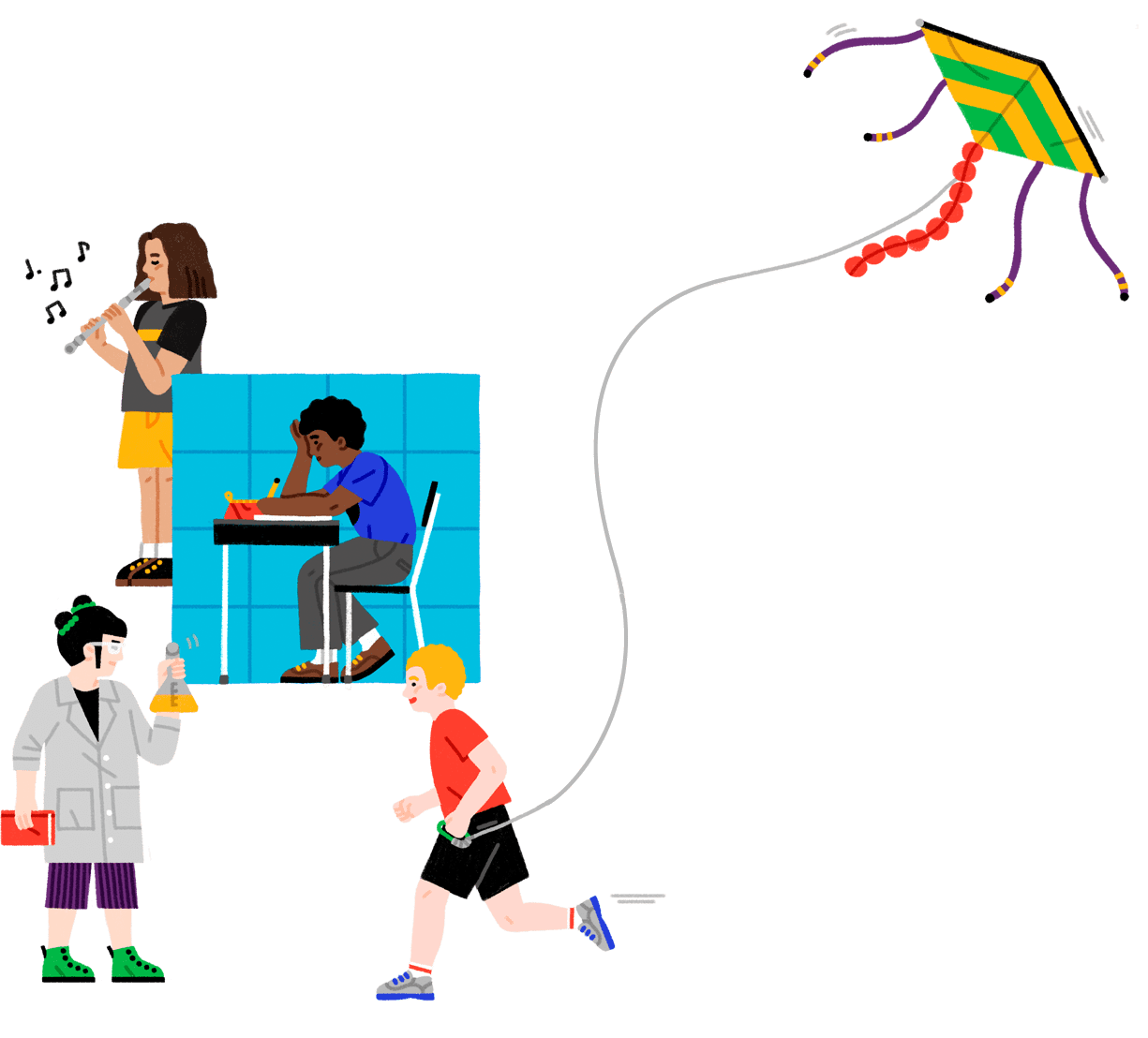
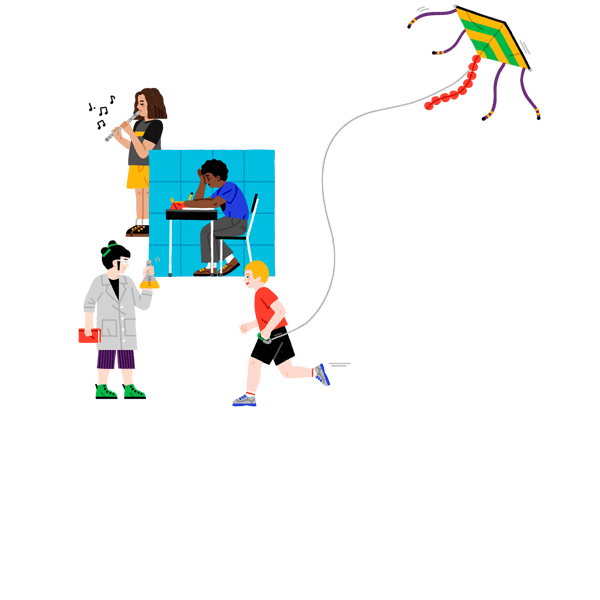
Fact:
3/5 of parents think high school students should be able to earn credit toward graduation through learning that takes place outside school.
Source: PDK/Gallup Poll
Partnership is a fundamental premise of the Urban Assembly school network, which manages 22 small public schools in New York City. Each school is centered around a theme that comes alive for students through connections with partners—businesses, nonprofit organizations, government agencies, and colleges. The UA School for Collaborative Healthcare, for example, partners with the Greater New York Hospital Association and the United Healthcare Workers union.
Crosstown High, an XQ school in Memphis, intentionally engages a true cross-section of the community—an inspiring goal in a historically segregated city—and has cultivated deep connections with dozens of local businesses and organizations, many of which played a role in designing the school. In one recent project, Crosstown students did extensive research and developed a peer counseling program—their response to a challenge from Alliance Healthcare Services, which reported that many of the young patients they treat for mental health conditions experience loneliness and isolation at school.
At Montpelier High School in Vermont, students use design thinking to find out what local government and businesses need and propose possible solutions. One team of physics students analyzed the air quality downtown and submitted their findings to the city with recommendations on how to reduce pollution and improve driving patterns.
Through experiences like these, students develop innovative thinking skills, build empathetic relationships with their community, and learn what it’s like to design real solutions with adults.
Dive Deep
![student building a small rocket of wood]() Project-Based Learning at XTH
Project-Based Learning at XTHThere’s no shortage of real-life challenges for students to engage in, so why not use them as learning experiences? Here’s how they do it at Crosstown High.
Explore![students looking at plants]() Community Collaboration
Community CollaborationVisit Edutopia to learn more about how Montpelier High School leverages community partnerships to expand possibilities for learning.
Explore![student looking forward]() Urban Assembly Schools
Urban Assembly SchoolsRead about the schools in the Urban Assembly network to see how partnerships can make themes like wildlife conservation, law and justice, or design and construction real.
Explore![student building with small blue blocks]() Pointers on Partnerships
Pointers on PartnershipsLeaders of two XQ schools offer advice on how to engage community partners.
Read
Analyze
Young people have a stake in their communities. Schools can help them claim it.
Step 1 – Research
Convene a student roundtable of 15-20 students to discuss the issues and priorities they see as most pressing for them and their community. Are there organizations they recognize as making real contributions in the areas they care about? What real-world skills are they eager to build?
Step 2 – Reflect
Share the results and discuss these questions:
- What 2-3 issues could potentially serve as the focus for partnerships and curriculum within your school? Remember, these are just the starting point.
- Now brainstorm a list of possible partners you might work with and projects or learning experiences you might design.
